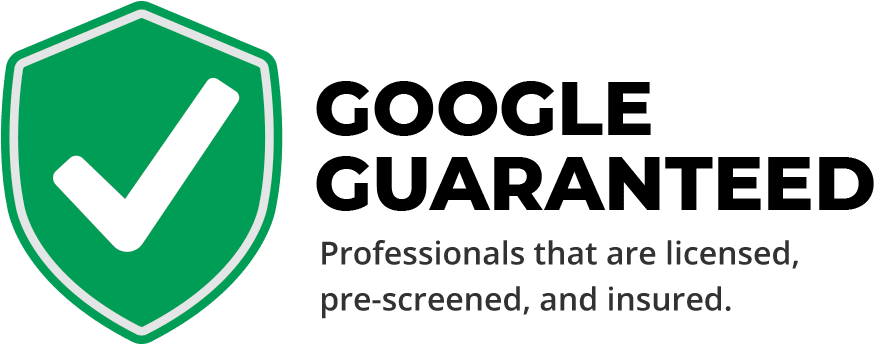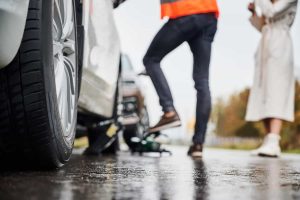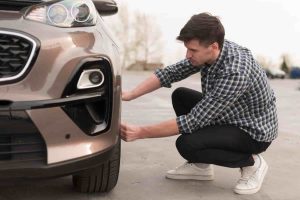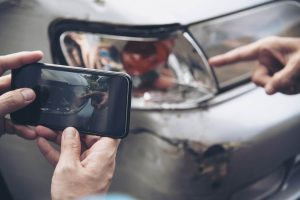Table of Contents
ToggleBest Practices and Legal Requirements for Child Safety in Cars?
Child safety car laws in Florida require children 5 years old and under to be secured in  a federally approved child seat while in a moving car. After age 5, children should be in a safety seat that best fits their size.
a federally approved child seat while in a moving car. After age 5, children should be in a safety seat that best fits their size.
If you have been in a car accident that resulted in your child’s injury, a car accident lawyer can help. Your fort lauderdale car accident lawyer can review your case to identify the cause and the at-fault party to your child’s injuries. They can investigate the accident, collect evidence, determine a fair settlement value, and fight to secure it while you help your child recover.
Child Seats and Restraints Save Lives
According to the National Highway Traffic Safety Administration (NHTSA), a leading cause of child fatalities in ages 1 to 13 is car accidents, and 40% of child fatalities in car accidents in 2021 were due to the child being unrestrained. Florida Highway Safety and Motor Vehicles (FLHSMV) reported that in 50 percent of the 85 child fatalities from car accidents in 2022, the children were unrestrained.
Car seats can save lives. Be sure you’re using the correct seat for your child, and that you’re using it correctly. The NHTSA also reported that 46% of car seats and booster seats are used incorrectly.
Florida Seat Law Requires Children to Be Safely Secured in Moving Vehicles
Florida Statutes § 316.613 specifies the following child passenger safety laws:
- Newborns through children three years old must be secured in a separate carrier or integrated child seat; and
- Children aged 4 through 5 must be secured in a separate carrier, integrated child seat, or booster seat.
Four Standard Types of Car Seats for Children
Child safety seats must comply with Federal Motor Vehicle Safety Standard (FMVSS) (Standard) No. 213. The child car seat should be age appropriate and conform to the child’s height and weight. As the child matures, the child restraint systems should adjust to their needs. It is recommended that children under age 13 remain seated in the rear seat of the motor vehicle. Also, the seat should fit the car as well. You should be able to secure the child seat with the vehicle’s LATCH system or seat belts.
There are four types of car seats for children, and each is recommended based on the child’s age, weight, and height. Those four types are:
Car Seats That Face the Rear
Rear-facing car seats are designed to absorb the shock and impact of a collision. They hold the child in a 5-point harness: 2 harness straps over the shoulder, 2 straps across the hips, and 1 strap between the legs. Safety experts typically recommend keeping children in rear-facing seats as long as possible, often to about age 2 or 3.
Car Seats That Face Forward
These forward-facing seats are intended for use by children who outgrow the rear-facing seat. Forward-facing car seats also include a 5-point harness system.
Booster Seats for Middle Childhood
After outgrowing the height and weight requirements of the front-facing seat, children should use a booster seat. Booster seats are designed to use the vehicle’s seat belts instead of the 5-point harness system used in rear- and front-facing car seats. The booster seat raises the child up in the vehicle seat so that the vehicle’s lap belt rests across the legs and the shoulder strap rests comfortably across the shoulder. Some booster seats come with a back that provides added head and neck support.
The Vehicle Seat Belts
Once the child fits the seat belt properly without a booster seat, they should use the vehicle’s seat belt. The seat belt should rest across the child’s thighs (not the stomach) and the shoulder belt across the shoulder and chest (not the neck or face). If the child cannot fit the seat belt properly, they should continue using a booster seat.
Injuries Due to Defective Child Car Seats
If your child was properly secured during the motor vehicle crash but suffered injuries due to a defective design or flaw in your child’s car seat, you may be able to pursue damages through a product liability case. A product liability lawyer can investigate your case and build a claim against the manufacturer.
Call the Law Offices of Wolf & Pravato About Your Child’s Injuries
The legal team with the Law Offices of Wolf & Pravato is ready to assist you. Our staff wants to hear your story. During your free case evaluation, we can discuss how we can help and the strengths of your case. Our accident lawyers work on contingency, so you pay nothing unless we win for you. Call (954) 633-8270 or contact us online today.





















